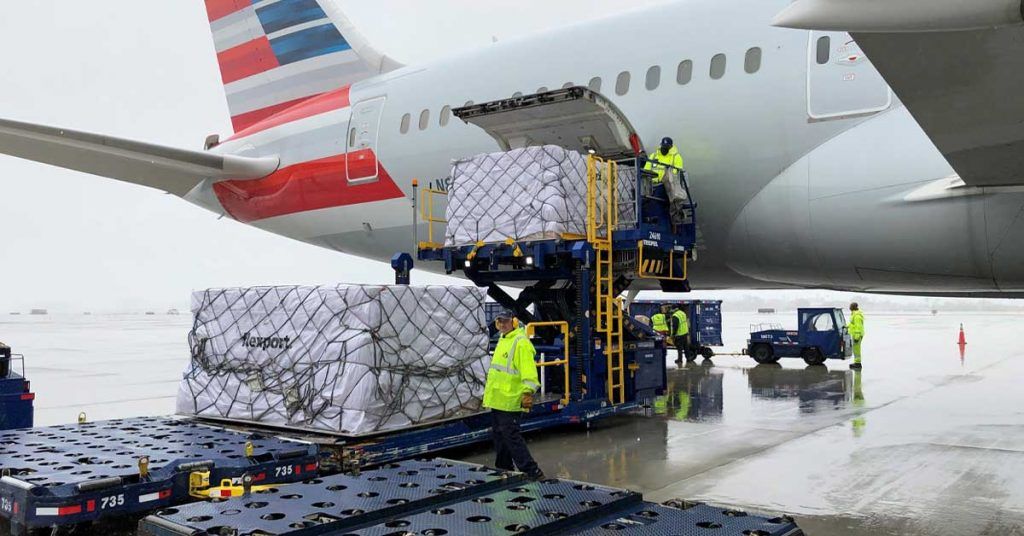The United Nations Conference on Trade and Development (UNCTAD) outlined six of the biggest challenges for exports in the world.
Overall, UNCTAD projected that the positive trend in international trade may soon come to an end.
Why? Rising interest rates and the tapering of economic stimulus packages will likely have a negative impact on trade volumes for the remainder of 2022.
In addition, volatile commodity prices and geopolitical factors will make trade developments uncertain.
Challenges for exports
From UNCTAD’s perspective, global trade developments in the remainder of 2022 are likely to be affected by the following challenges for exports:
Slower-than-expected economic growth
Economic growth forecasts for 2022 are being revised downward due to rising interest rates, inflationary pressures in many economies, and the negative global economic effects of the conflict in Ukraine. Global trade is likely to reflect these macroeconomic trends, with trade growth slowing.
Effect of the conflict in Ukraine
The conflict in Ukraine is putting further upward pressure on international energy and commodity prices. In the short term, due to the inelasticity of global demand for food and energy commodities, higher food and energy prices would likely translate into higher trade values, and marginally lower trade volumes.
Continuing challenges for global supply chains
Risks and uncertainties remain high for global supply chain operations. Covid-19 mitigation measures may continue to create supply disruptions and global economic uncertainties are likely to make investments riskier during 2022. In addition, long-term trends to shorten supply chains and diversify suppliers may begin to influence international trade in 2022.
Trade agreements and regionalization trends
Trade agreements that have recently entered into force (e.g., the Regional Comprehensive Economic Partnership and the African Continental Free Trade Area) should provide an additional boost to intraregional trade. On the other hand, interregional trade is likely to continue to be negatively affected by rising transport costs, logistical disruptions and geopolitical frictions.
Transition to a greener global economy
Trade patterns are expected to reflect the growing global demand for environmentally sustainable products. While the implications are expected to influence trade in the medium to long term, some could materialize as early as 2022. This will depend to a large extent on the implementation of government policies regulating trade in carbon-intensive products. Persistently high energy prices may also lead to an overall increase in demand and trade for products needed to support greener energy alternatives.
Increasing concerns about debt sustainability
Given record global debt levels, concerns about debt sustainability are likely to intensify in the coming quarters due to rising inflationary pressures and associated interest rate hikes. The ongoing tightening of financial conditions is expected to increase pressure on the most indebted governments, amplifying vulnerabilities and negatively affecting investment and international trade flows.
![]()

